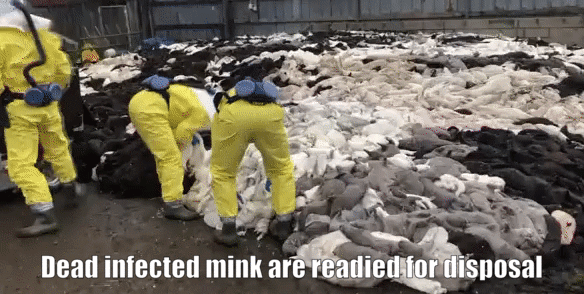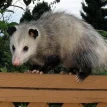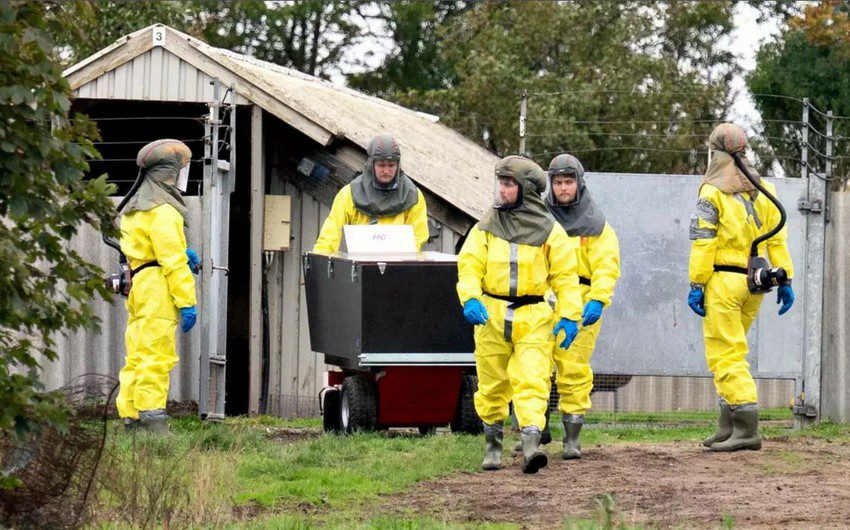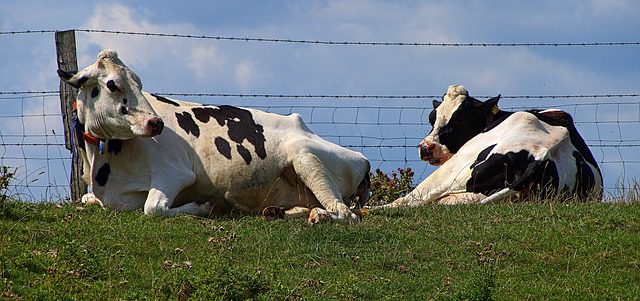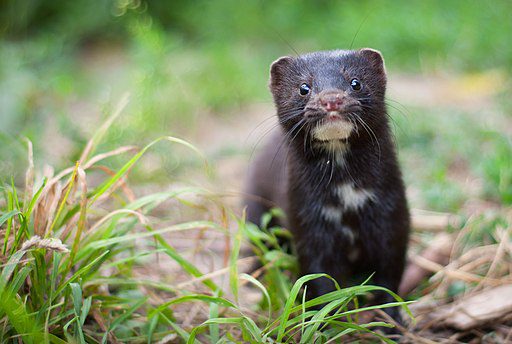
Denmark: work begins to exhume millions of coronavirus contaminated mink
The Danish Environmental Protection Agency is investigating the area around the Covid-19 infected mink burial pits at Karup and Holstebro. The Danish Environmental Protection Agency have started environmental studies in the area around the graves.
So far, geophysical surveys have been made at both Karup and Holstebro, and wells have been drilled, from which soil and groundwater samples are taken.
In addition, the Danish Environmental Protection Agency has taken samples in nearby watercourses, and work is underway to set up permanent measuring stations. Samples will also be taken in Bovtrup Lake before Christmas. The purpose of the current studies is to map the environmental condition in the area before there is any environmental impact from the buried mink.
By comparing the conditions after a possible impact, with the natural conditions in the area, one can map the impact from the buried mink.
“It has been important for us to move out quickly and do the surveys, so we know both the environmental condition in the area before and after a possible impact from the mink,” said the Acting Office Manager at the Danish Environmental Protection Agency
When the results of the studies are clear, they must form the basis for a possible decision on how the risk of pollution can be averted.
The water samples from the boreholes at Karup and Holstebro are used, among other things, to assess the groundwater’s chemical composition, flow direction and flow rate. So far, 4 boreholes have been drilled in Karup and 12 in Holstebro. The difference in number is due to the fact that the geology in Holstebro is more complicated than in Karup. Therefore, more wells are being drilled in this area.
In addition to drilling, so-called geophysical surveys are also made, which provide a detailed knowledge of the area’s geology.
The surface water in the area is examined for nutrients, organic substances and environmentally hazardous substances.
The Danish Environmental Protection Agency expects the first results to be ready at the beginning of the new year.
Danish Environmental Agency website report
Denmark: Contamination from the mink graves must be removed due to coronavirus
Coronavirus infected mink spilled over 12 miles of road in Denmark
Image by Ryzhkov Sergey, CC BY-SA 4.0, via Wikimedia Commons
